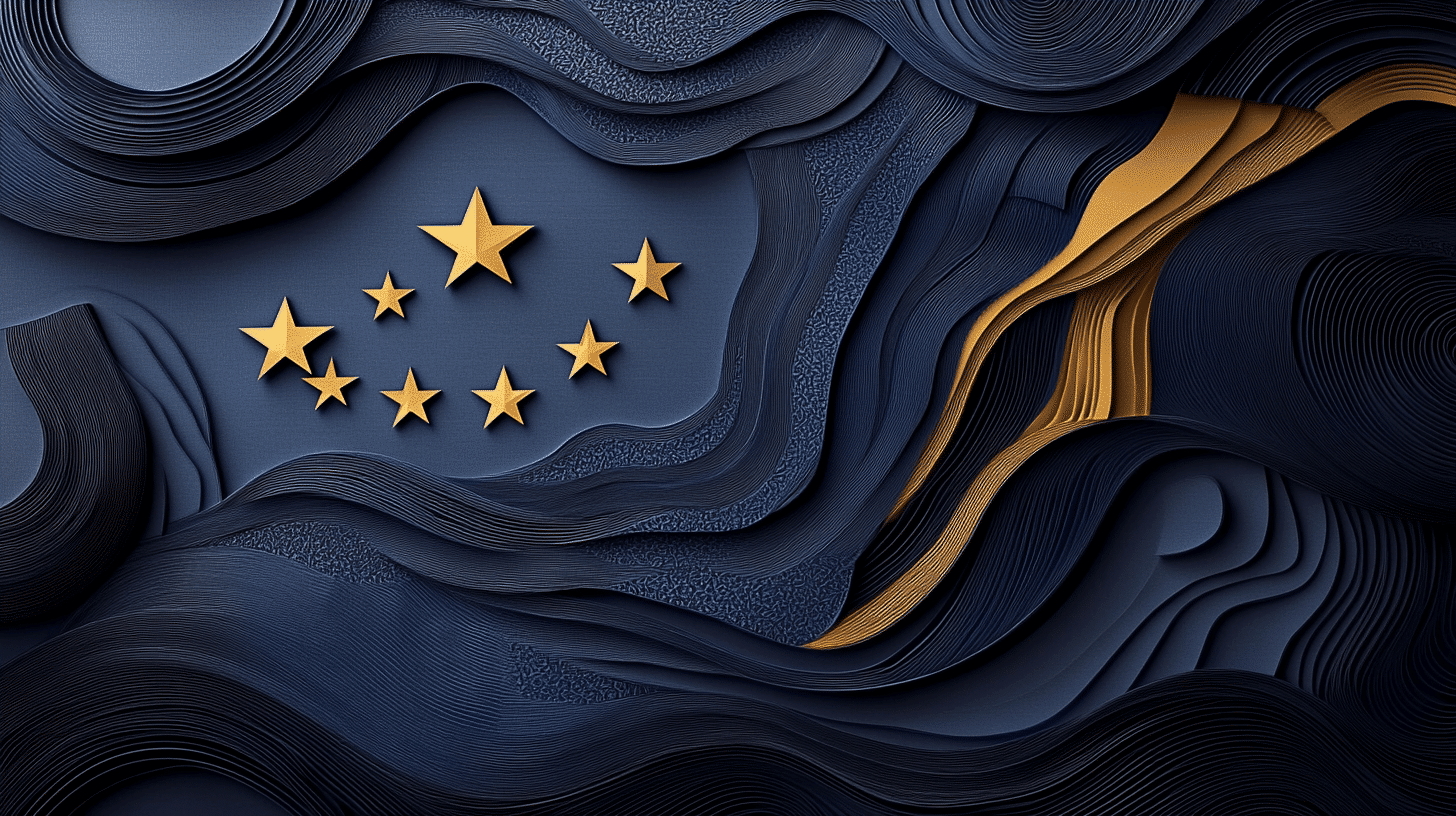What is European Day of Languages?
The European Day of Languages is celebrated across Europe on September 26th every year to promote language learning and celebrate the rich diversity of languages spoken in Europe. Organized by the Council of Europe, this day encourages people to embrace the benefits of multilingualism, which include enhancing cultural understanding, improving job opportunities, and fostering better communication across borders. With over 200 languages spoken across Europe, this day highlights the importance of language skills for individuals and societies.
Since its inception in 2001, European Day of Languages has grown into a pan-European event, where schools, cultural institutions, and language enthusiasts come together to promote the beauty and importance of linguistic diversity.
History and Origin
The European Day of Languages was launched in 2001 by the Council of Europe in collaboration with the European Union. The initiative came as part of the European Year of Languages, which aimed to encourage people across Europe to learn more than one language throughout their lives. The event sought to celebrate linguistic diversity, encourage life-long language learning, and raise awareness about the advantages of speaking multiple languages.
Since then, it has been celebrated annually on September 26th, and each year, millions of people participate in activities such as language courses, cultural exchanges, and language quizzes to embrace the diversity of Europe’s linguistic landscape.
Who Celebrates European Day of Languages?
- Schools and Teachers: Across Europe, schools celebrate the day with activities like language competitions, cultural presentations, and language workshops to encourage students to learn about different cultures and languages.
- Language Learners: Individuals learning new languages use the day to practice their skills and connect with others who share an interest in languages and cultures.
- Language Institutions: Organizations that offer language courses, like language schools and universities, often host special events and workshops to introduce new languages to the public.
- Cultural Centers and Embassies: Many embassies and cultural centers host events such as film screenings, language taster sessions, and cultural presentations to promote language learning and cross-cultural dialogue.
- Linguists and Language Enthusiasts: Language lovers celebrate by engaging in discussions about the cultural significance of languages and how they shape identity and communication in society.
Slogans and Themes
Themes for European Day of Languages revolve around learning, diversity, and cultural exchange. Slogans such as “Learn a new language, expand your world” and “Languages connect people” emphasize the importance of communication and understanding between people of different linguistic backgrounds.
The day also highlights how learning a language can improve cognitive abilities, enhance career opportunities, and strengthen interpersonal relationships.
Colors, Symbols, and Patterns
Colors:
- Blue: Represents unity across Europe, tying in with the colors of the European Union flag.
- Green: Signifies growth, learning, and education, central to the message of language acquisition.
- Yellow: Symbolizes the energy and enthusiasm that comes with learning a new language and exploring new cultures.
Symbols:
- Speech Bubbles: Symbolize conversation and communication, reflecting the exchange of ideas through different languages.
- Flags: Represent the cultural and linguistic diversity of Europe, often displayed at events celebrating the day.
- Books: Highlight the role of education in promoting language learning and understanding different cultures.
Patterns:
- Language Scripts: Incorporating different writing systems from around the world to represent the diversity of languages.
- World Map: Often used to show the distribution of languages across continents and cultures.
- Arrows and Waves: Reflecting the continuous flow and development of languages and communication.
Most Used Hashtags
- #EuropeanDayofLanguages
- #EDLang
- #LanguageDiversity
- #LearnLanguages
- #Multilingualism
How to Celebrate
- Attend Language Workshops: Many cultural centers and institutions offer language taster sessions where you can try learning a new language in a fun and interactive setting.
- Host a Cultural Exchange: Schools and community groups can organize language exchange events, where people of different nationalities can share their languages and cultures.
- Practice a New Language: Use apps like Duolingo, Babbel, or Memrise to practice or learn a new language, and share your progress with friends and family.
- Visit Cultural Events: Attend local film screenings, book readings, or cultural exhibitions that promote multilingualism and celebrate different cultures.
- Share on Social Media: Use the official hashtags to post about your language-learning experiences, engage with others, and spread awareness about the benefits of speaking multiple languages.
Importance of European Day of Languages
The European Day of Languages plays a crucial role in promoting language diversity and the importance of language learning in a globalized world. Multilingualism not only enhances personal and professional opportunities but also fosters tolerance, cultural understanding, and social cohesion. As Europe continues to become more interconnected, the ability to speak and understand multiple languages has become increasingly valuable, helping to bridge gaps between different communities and nations.
By celebrating this day, we recognize the importance of maintaining cultural heritage while embracing new languages and the perspectives they bring.
September 26: European Day of Languages
Why do you keep falling for the same type?
Read the article Lovemaps: the hidden blueprint of our love.

